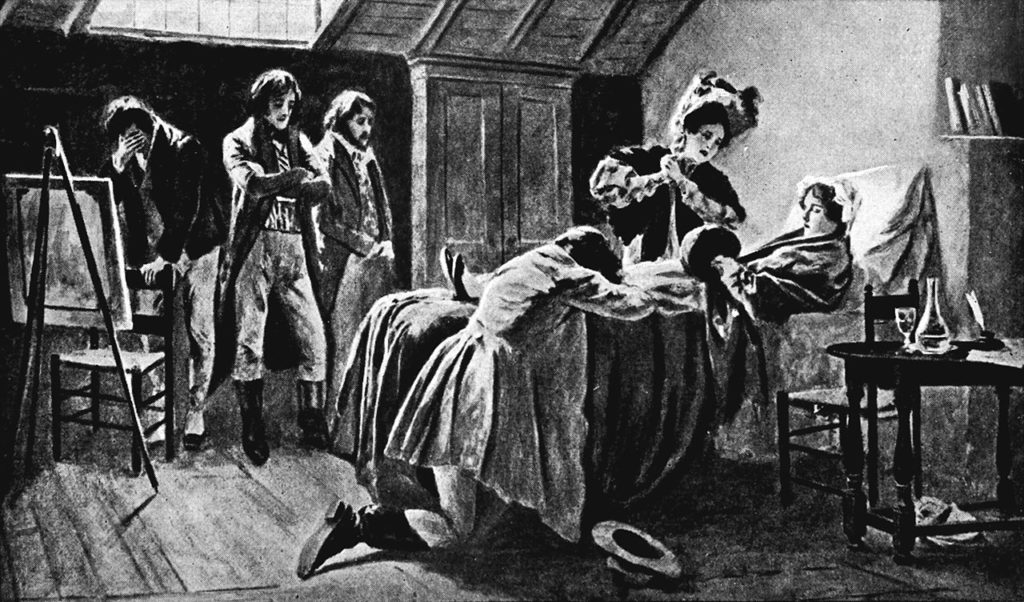“Mimi dies,” a Metropolitan Opera representative whispered to me over the phone. I was making an inquiry into the appropriateness for young people of one of the Met’s upcoming HD satellite transmissions, in this case, their February 24 Saturday matinee performance of Giacomo Puccini’s La Bohème.
 Without question, La Bohème is optimal for introducing young people to opera—particularly upper elementary ages and older. But before I recommend any production, I try to see it. If I cannot, I determine, as best I can, the “family-friendly” nature of its staging.
Without question, La Bohème is optimal for introducing young people to opera—particularly upper elementary ages and older. But before I recommend any production, I try to see it. If I cannot, I determine, as best I can, the “family-friendly” nature of its staging.
Times have changed. Even knowing well this opulent production by legendary movie director Franco Zeffirelli (our daughter sang in the children’s chorus when The Dallas Opera staged it years ago), I wanted to ask how the “romantic scenes” would be handled. There’s a place for shock in the arts, but preferably not when one is introducing someone to a new art form.
The woman in New York understood my question. She immediately offered this: “No animals are mistreated in the production.” That had never occurred to me. Then she put me on hold to ask about the other issue. Returning, she said: “No, it’s fine, the traditional staging, fine for kids, families. But there is one difficult thing.” “What is that?” I asked. And that’s when she said: “Mimi dies . . . at the very end.”
Oh, how we all wish Mimi would not die. We long for Mimi to experience a spontaneous healing of her tuberculosis, toss away that soft fur muff, wrap her arms around Rudolfo, and head off with him into the sunset.
But of course, Mimi always expires gently, off to the side, followed by Rudolfo’s plaintive cries of “Mimi, Mimi” as the curtain falls. Nor will there be happy endings for other Puccini heroines, in particular Madame Butterfly and Tosca. Of course, the titular heroine in Tosca—in one of opera’s wildest scenes—flings herself off a fortress wall to avoid submitting to arrest and likely persecution. And in Madame Butterfly, well, if you don’t know how that one ends, I’m not going to spoil it.
Still, Mimi’s gentle demise in La Bohème ranks (along with that of Violetta in Verdi’s La Traviata) as the saddest, yet sweetest, ending of any story in opera’s pantheon. Both dramas are filled with touching lyricism, succinct and poignant interaction between the romantic leads, in each case symbolizing not just love, but moral redemption.
So, I do heartily recommend the February 24th HD simulcast of Saturday’s matinee of La Bohème. Depending on where you live, it’s likely that you can reach one of the neighborhood movie theaters where it will be streamed. If you’ve never experienced one of these HD broadcasts, you are in for a treat. I’ve sung their praises elsewhere in my posts. Take tissues, and be prepared to be transported to New York City where you’ll feel like an V.I.P. guest of The Met, sitting in a front-row seat and invited back stage between acts to view the extraordinary inner workings of a major opera company. But you can also experience all of it while munching pickles, popcorn, and Hot Tamales.



